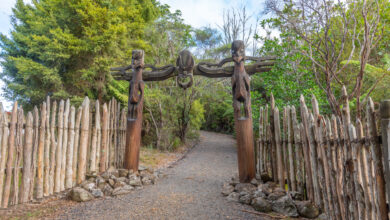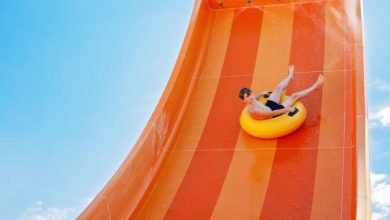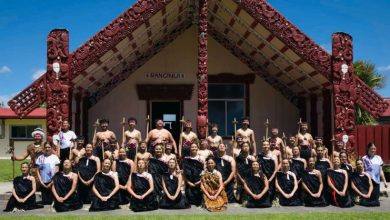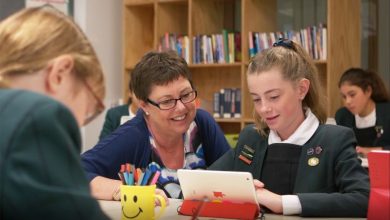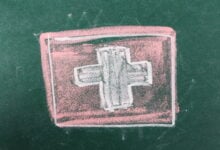Literacy journeys of discovery through PLD
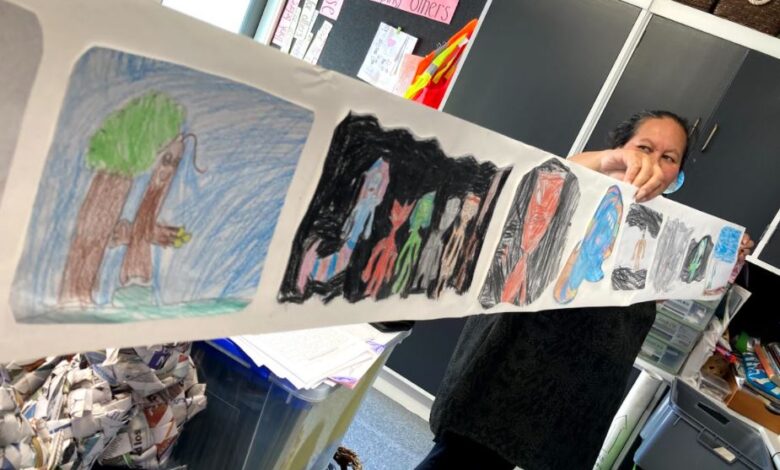
When Kaikohe West School applied for PLD funding and linked up with Cognition Education, its staff and students set foot on a path to seemingly limitless literacy success.
Steering the way, education consultant Rebecca Thomas began with a korero with Kaikohe West School’s literacy leader Nickola Cross to light up literacy learning for Kaikohe kids.
“We sat down and used a scoping tool to find out which parts of literacy we could help improve. We identified how much the students knew, looking at oral language skills, comprehension, reading and writing fluency, and assessment for learning strategy,” Rebecca says.
“We learnt that Kaikohe West were collecting writing results at key points in the year and moderating them thoroughly. However, this data was then filed and stored somewhere. Teachers were not using this data to plan and respond effectively.”
Sensitive to the school community’s needs, Cognition Education designed a completely bespoke literacy approach.
“As a 92 percent Māori school, we wanted to build on our pūrākau (storytelling) ability,” Rebecca shares. “Kōrero Ki Te Tuhi was created for this purpose; designed to respond to our ākonga needs, using assessment for learning principles such as prior knowledge, co-construction of success criteria, clear learning intentions, deliberate acts of teaching, feedback, feed forward, and goal setting.”
Kōrero Ki Te Tuhi’s Design: How does it work?
First, the kaiako give ākonga a ‘cold task’ to highlight just what the tamariki can do. Term one’s cold task for Kaikohe West was to have a go at telling a familiar whakapapa pūrākau about Ranginui and Papatuanuku. Reflection then takes place with students using success criteria.
Ākonga next check what success criteria (ingredients) they are confident with and set some improvement goals. The data is used to design deliberate acts of teaching for the class to move their writing on. The journey ahead is seen as a reciprocal process (Ako) between kaiako and ākonga.
Rebecca recalls how, “Kaikohe West teachers then wrote a model text with all of the ingredients the children need to become better writers. This text is committed to the student’s long-term memory through a mixture of picture mapping, drama, role play and other activities.
“When the students know the pūrākau off by heart, it is dissected. The students see where the writer intentionally uses language to construct the modelled text. Next, they innovate the text with small changes as ākonga ‘play’. Once they have built confidence, they retell the new version orally, and then craft their own whakapapa pūrākau, combining all they’ve learned.
“When they have responded to feedback and feed forward from their peers and Kaiako, they begin to write their ‘hot task’. Once ready, the students reflect on their hot and cold task and see how much progress they have made before the journey begins again with a new type of writing.”
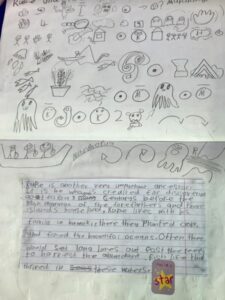
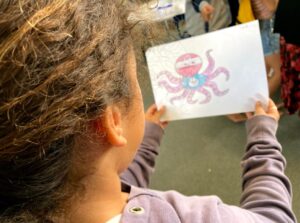
This approach builds confidence in developing our tamariki oral language and makes kaiako more responsive to their needs, says Rebecca, by focusing on “learners’ capacity and capability to share stories orally before beginning the writing process, which is particularly beneficial for Māori learners, who have a rich culture of oral story telling.
“Ākonga see themselves as successful creators of language. Our kaiako support each other and collaborate more. Even our youngest students picture-mapped their own story for homework without being prompted; inspired by what was happening in the classroom!”
Teacher Ange Wihongi feels she and the children benefited greatly: “The tamariki loved it – especially picture mapping and role-playing. They could not believe that was classed as writing and it encouraged group work.”
Using IRIS Connect, the video based PLD platform, professional learning was deepened too. “I personally loved the sequence of teaching: the platform we used had reflections and task examples on it, which made my planning more consistent and purposeful.”
With IRIS Connect, teachers can securely record lesson examples for reflections, inquiry, and discussion. Rebecca explains: “I trained the teachers to use this method and to teach other teachers to use this, so they could share and collaborate.”
The site was IRIS Connect. Lessons were recorded on the platform using video-enabled sharing and reflection. Rebecca explains: “I trained the teachers to use this method and to teach other teachers to use this, so they could share and collaborate.”
Fellow teacher Nickola Cross glows: “From the moment Rebecca introduced me to KKT, I thought, now here is something that will boost confidence in oral language and give tamariki material to use when asked to write. This way of learning, for the tamariki, also opens up the door to build relationships, to show manaakitanga and to foster a love for writing.”



